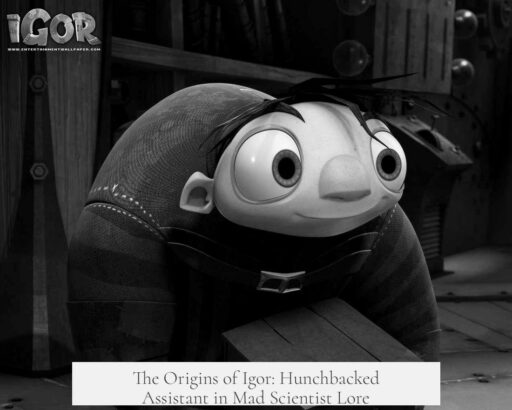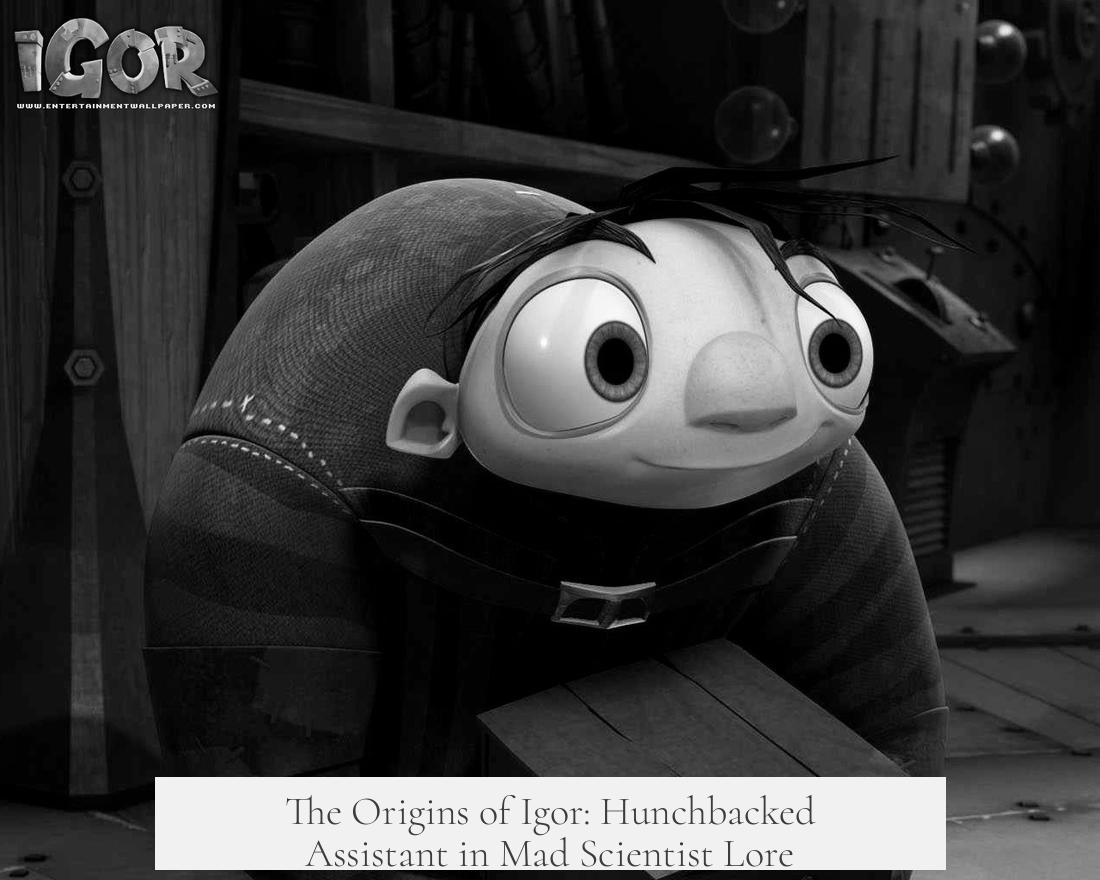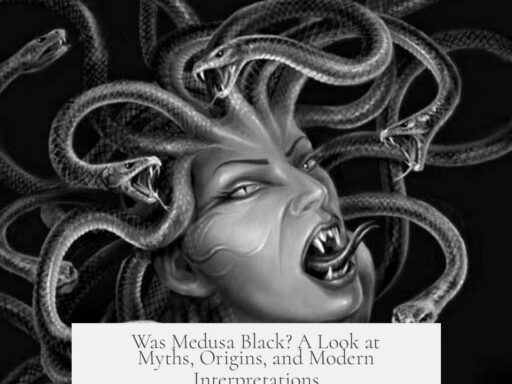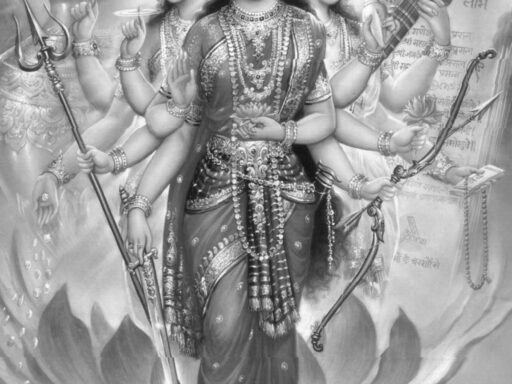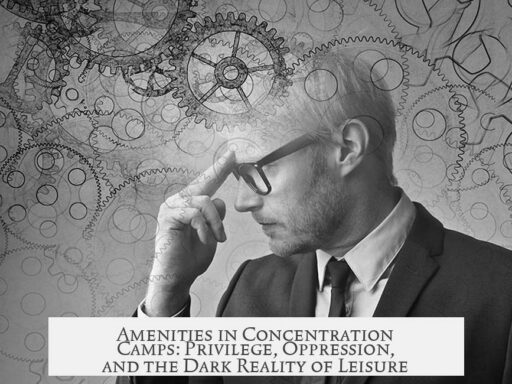The hunchbacked assistant named “Igor” commonly linked to mad scientists like Dr. Frankenstein is not present in Mary Shelley’s original 1818 novel. Instead, this figure emerged as a composite character from early stage plays, Universal Studios films, and later popular culture, merging separate traits into a single, recognizable trope.
Mary Shelley’s Frankenstein features no assistant to Victor Frankenstein. The idea of a lab assistant appears first in the 1823 play Presumption; or, The Fate of Frankenstein, where an assistant named Fritz serves the doctor. This character was not portrayed as hunchbacked but acted as the first cinematic prototype of the assistant role. Dwight Frye played Fritz as a hunchback in Universal’s 1931 film Frankenstein. This portrayal established the iconic image of a deformed, subservient helper in the audience’s mind.
The concept of a hunchbacked aide derives from earlier literary and theatrical figures representing physically deformed menservants. Characters like Shakespeare’s Caliban (from The Tempest, 1610-1611) or M’ling in H.G. Wells’ The Island of Dr. Moreau (1896) fill a similar niche. Gothic and horror works frequently portrayed spinal deformities symbolically, as seen in Victor Hugo’s The Hunchback of Notre-Dame (1831) and films like Tod Browning’s Freaks (1929). This association helped embed the “hunchback” trait into horror archetypes.
The character Igor (sometimes spelled Ygor) enters the Frankenstein mythos later. Bela Lugosi introduced Ygor in Universal’s 1939 sequel Son of Frankenstein and reprised the role in 1942’s The Ghost of Frankenstein. However, this Ygor was a blacksmith with a twisted neck from a botched hanging, not a lab assistant or necessarily hunchbacked. Later films, such as The House of Frankenstein (1944), featured a hunchbacked assistant named Daniel, reinforcing the visual trope but separating it from the name Igor.
This division between assistant name and physical deformity gradually blurred. The 1950s and 60s, driven by horror magazines like Famous Monsters of Filmland and drive-in cinema, popularized a solid image of a “hunchbacked Igor” as the inevitable mad scientist’s aide. Comic books of the 1970s further merged the characteristics, with Marvel featuring hunchbacked assistants named Igor or Ivan in Frankenstein-related series.
Mel Brooks’ 1974 film Young Frankenstein expressly cemented the hunchbacked Igor stereotype by featuring Marty Feldman as a comically deformed lab assistant named Igor. This parody drew heavily on Universal’s monster era imagery and fueled the trope’s durability. Similarly, The Rocky Horror Picture Show (1975) employed the hunchbacked assistant idea with a character named Riff-Raff serving a mad scientist archetype, displaying how pervasive and flexible the trope became.
Beyond Frankenstein, this archetype also transferred to other horror villains, such as vampires, who commonly acquired hunchbacked aides in films during the 1950s. This broad use shows how the “Igor” character type transcended its Frankenstein origins.
| Aspect | Details |
|---|---|
| Origin in Literature | No assistant in Shelley’s Frankenstein (1818); assistant Fritz introduced in 1823 play |
| Visual Source | Dwight Frye’s hunchbacked Fritz in 1931 film, influenced by Gothic depictions of hunchbacks |
| Igor/Ygor | Bela Lugosi’s Ygor (1939) – twisted back but not assistant or hunchback; name later merged with assistant trope |
| Popular Solidification | 1950s-60s horror media; parodies like Young Frankenstein (1974) finalized image |
| Extension | Hunchbacked assistants spread to vampire and other horror villains |
The hunchbacked “Igor” is a product of evolving media, blending multiple characters and visual ideas over time. It originated from early adaptations inserting an assistant named Fritz, coupled with the Gothic trope of the deformed servant. The name Igor and the humpback merged through sequels, popular magazines, and parody films. Today, Igor stands as the stereotype for the loyal but physically marked mad scientist’s helper.
- The original Frankenstein novel has no assistant named Igor or any assistant at all.
- The hunchbacked lab assistant image started with Fritz in the 1823 play and the 1931 film.
- Igor/Ygor appeared later as a separate character with spinal deformity, not initially a lab assistant.
- Media from the 1950s onward fused the name Igor with the hunchbacked assistant trope.
- Parody films like Young Frankenstein cemented the modern popular image.
